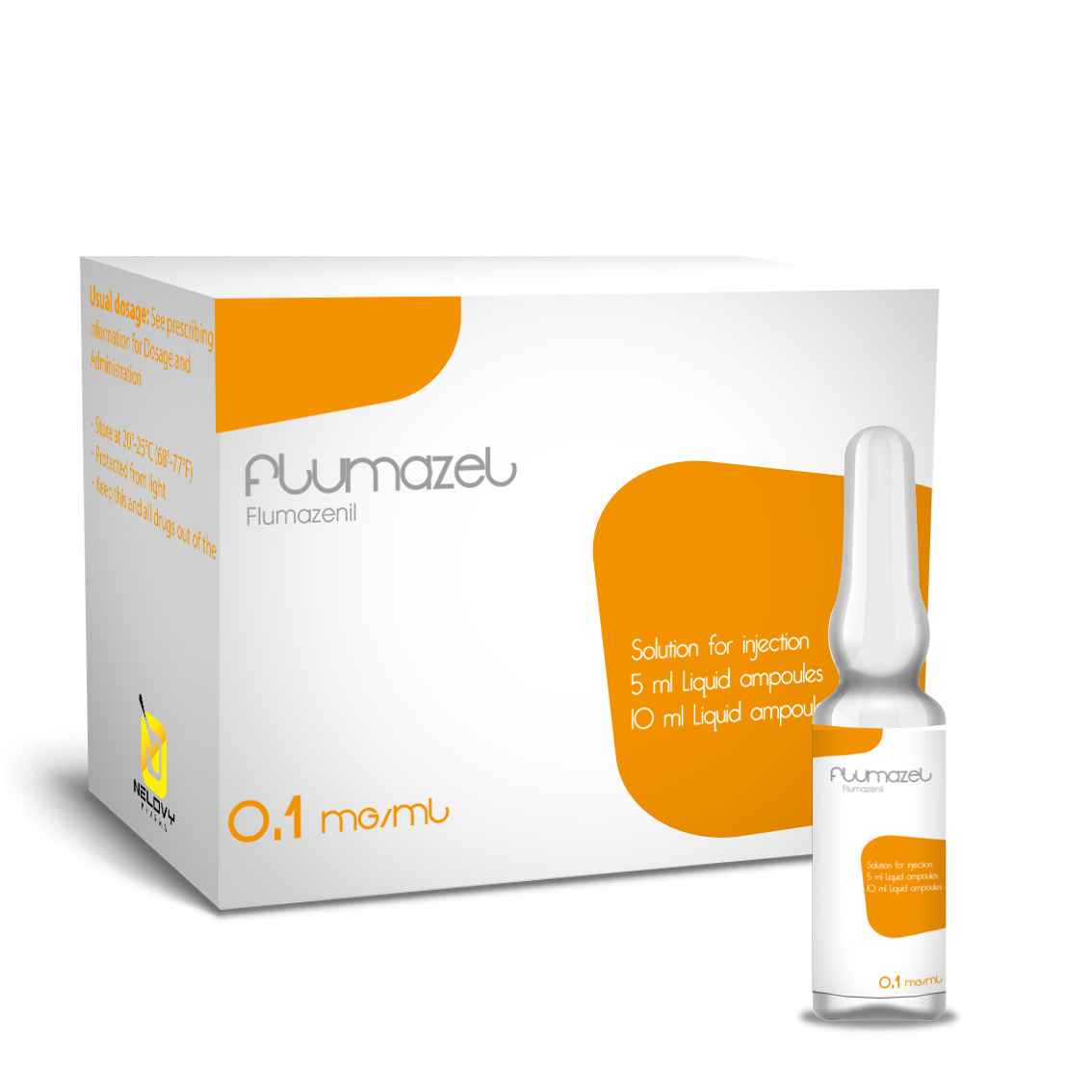

The drug is 40 to 50 percent protein bound and has a volume of distribution of 1.6 L per kg, which indicates significant tissue uptake.(2) Flumazenil is primarily metabolized by the liver and has a terminal half-life of 41 to 79 minutes. When given intravenously, flumazenil reaches peak serum levels within minutes and has an initial distribution half-life of seven to 15 minutes. Flumazenil does not antagonize the effects of any sedative drugs (e.g., ethanol, barbiturates) that do not act at the benzodiazepine receptor. In both animals and humans, flumazenil blocks the anxiolytic, muscle relaxant, sedative, ataxic, anticonvulsant, amnestic and anesthetic effects of the benzodiazepines. This, in turn, alters the cellular resting potential, thereby reducing neuronal excitability.įlumazenil has a greater affinity for the benzodiazepine receptor than do most available benzodiazepines (Table 1). As a result, the intracellular concentration of chloride increases. The binding of an agonist to either the benzodiazepine or GABA receptor effects a “gating” function of the chloride channel. This receptor is adjacent to the neuronal gamma-aminobutyric acid (GABA) receptor. The benzodiazepine receptor is a complex structure that modulates chloride transport across neuronal cell membranes. An antagonist blocks the effect of an agonist drug. In contrast, flumazenil is an antagonist–a drug that occupies a specific receptor site but has no intrinsic effects of its own. Sedation, amnesia and anticonvulsant effects occur when a benzodiazepine agonist binds to its receptor. The benzodiazepines are agonists–drugs that bind to a receptor and stimulate characteristic effects. Chemically, this drug is classified as an imidazobenzodiazepine. The first specific benzodiazepine antagonist to be developed, flumazenil has been commercially available in the United States since late 1991. Food and Drug Administration as an adjunct in the management of patients with benzodiazepine toxicity. The presence or absence of a clinical response to a benzodiazepine antagonist can also provide diagnostic information, analogous to the specific reversal of the effects of opiates by naloxone (Narcan).įlumazenil (Mazicon) has been approved by the U.S. Selective pharmacologic reversal of these effects may obviate the need for mechanical ventilation or other invasive supportive procedures. However, these agents can cause respiratory and central nervous system depression, which may lead to hypoventilation or aspiration of gastric contents. Serious toxicity seldom occurs with benzodiazepines. In addition, these drugs are often implicated in intentional or iatrogenic overdose. Because of their sedative and amnestic properties, benzodiazepines are also used in patients who are undergoing anesthesia.

These agents are widely used in the management of insomnia, seizure disorders, and panic and anxiety states. Flumazenil: an antidote for benzodiazepine toxicity – Clinical Pharmacologyīenzodiazepines are the most commonly prescribed sedative-hypnotic drugs in the United States.


 0 kommentar(er)
0 kommentar(er)
